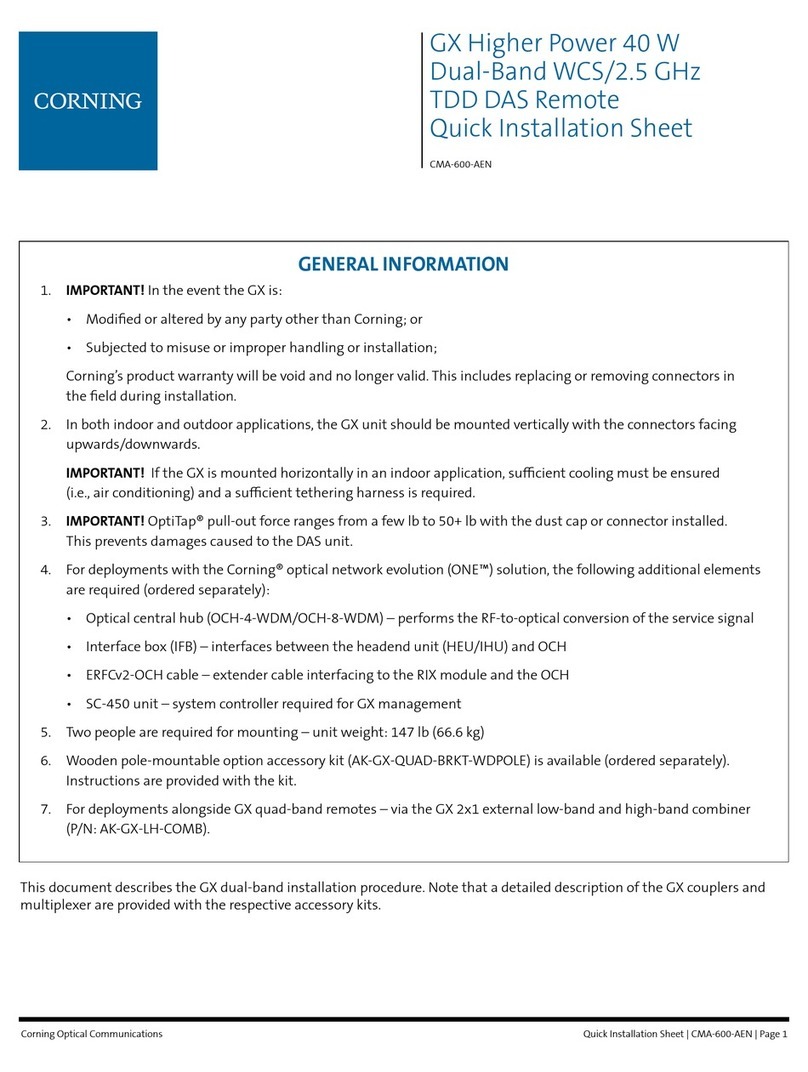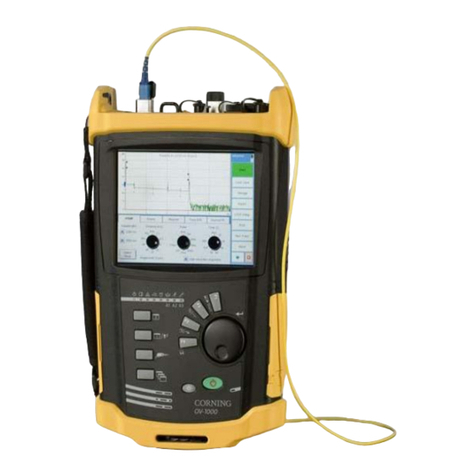
8 | CORNING LAMBDA PLUS PIPETTORS
5. Pre-rinsing
When pipetting liquids of higher viscosity or lower surface
tension than water (e.g., sera or organic solvents), a lm
of liquid is formed on the inside wall of the pipet tip. This
lm can create an error. As the lm remains relatively
constant in successive pipetting operations with the same
tip, this error can be eliminated by forming the lm before
transferring the rst sample. This is done by aspirating a
sample and dispensing it back into the same vessel. Now,
as the lm is already formed, all of the following samples
will have better accuracy and repeatability.
This pre-rinsing operation should be repeated when the
volume to be aspirated is changed or when a new pipet tip
is used.
6. Dense and Viscous Liquids
The pipettor’s specications of accuracy and precision are
based on pipetting distilled water. Handling of liquids with
physical qualities of density, viscosity, and surface tension
which dier substantially from water may need to be
gravimetrically checked for compensation of the volume
setting. Normally the degree of error resulting from heavy
or viscous liquids is negligible if pipetting is done slowly
and carefully. It is most important to give the liquids
some time to react to the change of pressure by holding
the pipet tip in its position for at least 2 seconds after the
aspiration and the blow out stroke.
If in extreme cases, this method of operation does not
result in accurate values, compensation may be achieved
as follows:
◗ Weigh the pipetted liquid when the pipettor is set to the
nominal value. Then calculate the set-o from the
nominal value:
Correction, value = 2 x nominal val. —
m = weight of the sample
γ= density of liquid
◗ Check this operation once again and correct if necessary.
Note the corrected value for further pipetting of the
same kind of liquid.
γ
m







































